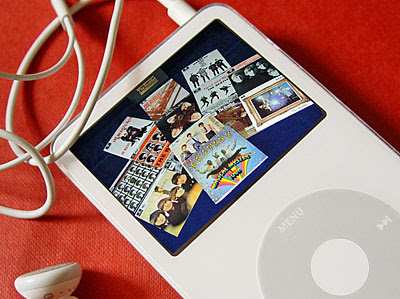
Defeating Poverty reports: [edited]
I heard about 6 months ago about the ingenious idea of Muhammad Yunus, founder of Grameen Bank and recent Nobel Peace Prize winner, to build a new yogurt business in Bangladesh.
The story I've heard goes something like this:
Danone (No. 1 worldwide in fresh dairy products & bottled water, No. 2 in biscuits and cereal products) CEO Franck Riboud was sitting next to Yunus at a lunch in Paris in the fall of 2005 and had asked him to explain to him about microfinance and the Grameen Bank. At the end of the conversation, Riboud asked, "How might I help you?"
Now this is a very dangerous question to ask Yunus! Yunus responded, "I'd like you to send your chief yogurt factory designer to Bangladesh to meet with me." Riboud agreed. A short while later the Danone factory designer chief showed up at Yunus' office in Dkaha to find out how he could help.
Yunus said, "I'd like you design and build the world's smallest yogurt factory to operate here in Bangladesh." The factory designer said, "But, I design the world's largest yogurt factories, not the smallest." Yunus responded, "I need you to design the world's smallest one. I'll be here if you want to go off and think about it and come back later."
So, the factory designer left and went back to his hotel room. A little while later, he appeared back at Yunus' office with the sketchings for an idea. And the venture was born...
This is setup as a for-profit, social enterprise joint venture between Danone and Grameen Bank. Danone is contributing $500,000 of seed capital. The plan is to re-invest all profits with the exception of paying back Danone their initial seed capital. The factory will buy milk from Grameen Bank microvenders (who've been financed by Grameen Bank to buy cows) and microentrepreneurs will sell the yogurt door-to-door. Each factory will employ 15-20 women directly and up to 1,600 people in an area.
And the enterprise is designed to be environmentally friendly, using biodegradable cups made from cornstarch, solar panels for electricity generation and rainwater collection vats. If the first factory is successful, they have plans to launch 50 more in Bangladesh and then who knows where.
The first factory just opened near Dhaka as part of a new venture called Grameen Danone Foods. The mini-factory produces a yogurt called Shakti-da (which means "yogurt with strength") which is fortified with vitamins to address malnutrition. Each yogurt helping will be about 7 cents per cup.
There is an extended version of the story in Fortune magazine.
------------





























